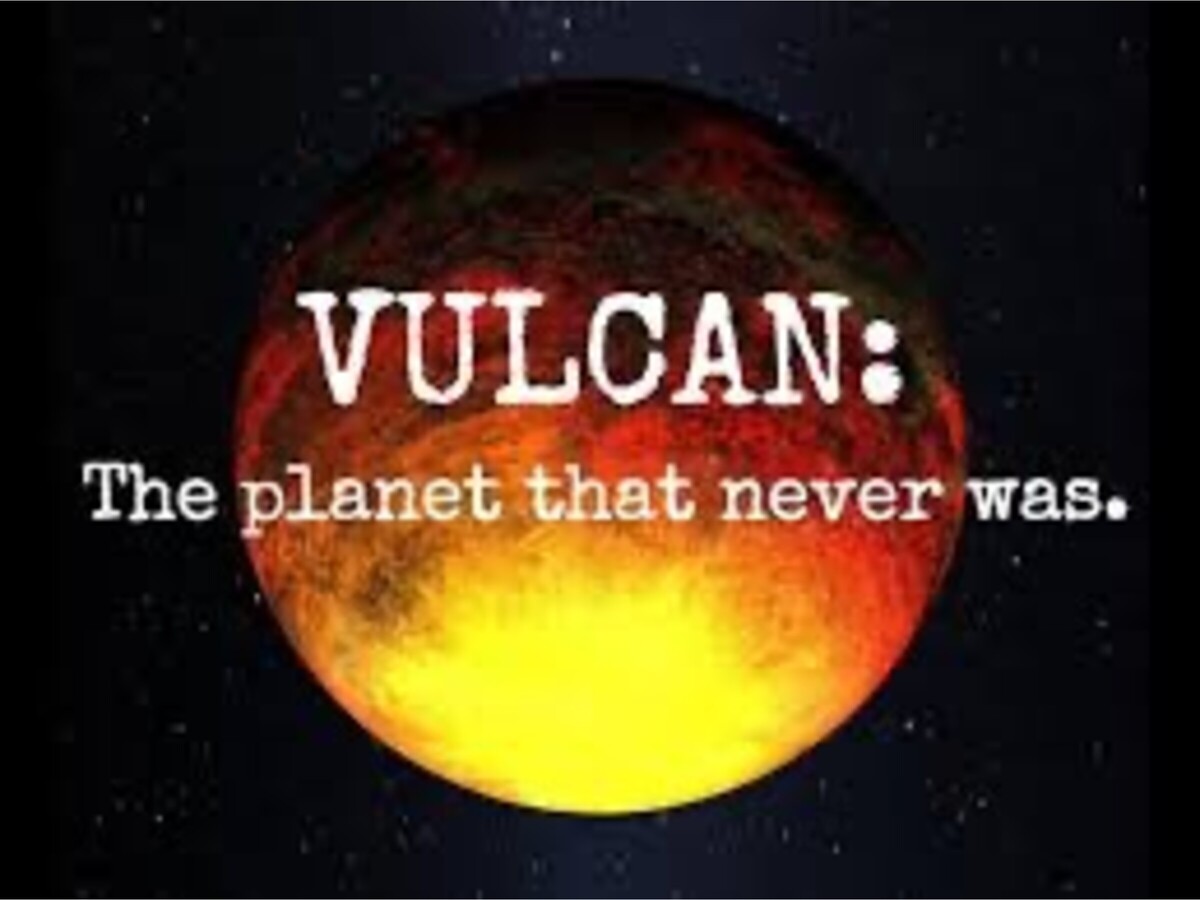Image


On March 26, 1859, astronomers believed they had discovered a new planet within our solar system. Named “Vulcan,” this hypothetical celestial body was thought to orbit inside the orbit of Mercury. However, subsequent observations and advancements in our understanding of planetary dynamics revealed that Vulcan did not actually exist. In this article, we explore the fascinating story of Vulcan, its origins, and why it remains a curious footnote in astronomical history.
The Search for Vulcan Around Mercury
The search for Vulcan was motivated by an apparent discrepancy in the orbit of Mercury. According to Newtonian physics, the gravitational pull of the Sun should cause the orbits of planets to follow predictable paths. However, astronomers noticed that Mercury’s orbit deviated slightly from these predictions. This deviation, known as the “precession of the perihelion,” could not be fully explained by the gravitational influence of known planets.
The Hypothesis of an Inner Planet
To account for Mercury’s anomalous behavior, French mathematician Urbain Le Verrier proposed the existence of an unseen planet orbiting closer to the Sun. Le Verrier had previously predicted the existence of Neptune based on similar perturbations in the orbit of Uranus. Inspired by this success, he turned his attention to Mercury.
Le Verrier’s calculations indicated that a hypothetical planet, which he named Vulcan, could explain Mercury’s precession. Vulcan was thought to orbit the Sun at a distance of about 0.14 astronomical units (AU), well within Mercury’s orbit.
Observations and False Alarms
Astronomers worldwide eagerly searched for Vulcan. They pointed their telescopes toward the Sun during solar eclipses, hoping to catch a glimpse of the elusive planet against the solar backdrop. Reports of sightings poured in, but none were conclusive. Some astronomers claimed to have seen Vulcan during eclipses, while others remained skeptical.
The Great Vulcan Hunt of 1878
The most significant effort to find Vulcan occurred during the total solar eclipse of 1878. Expeditions were organized to observe the eclipse from various locations, including the United States and Europe. Despite meticulous observations, no definitive evidence of Vulcan was found. The planet remained elusive.
Einstein’s Theory of General Relativity and Planet Vulcan’s Demise
In 1915, Albert Einstein revolutionized our understanding of gravity with his theory of general relativity. According to Einstein, gravity arises from the curvature of spacetime caused by massive objects. His theory provided a more accurate description of planetary orbits, including Mercury’s precession.
Einstein’s theory elegantly explained Mercury’s precession without the need for an unseen planet. The curvature of spacetime around the massive Sun accounted for the deviation in Mercury’s orbit. Vulcan, it turned out, was unnecessary.
Just A Cautionary Tale!
Vulcan, once a tantalizing mystery, now resides in the annals of scientific history as just “a cautionary tale”. While astronomers truly once believed that they had seen a new planet, our deeper understanding of gravity and planetary dynamics revealed the disappointing truth: Vulcan was a phantom, a product of scientific curiosity and the limits of observational technology. Bummer!